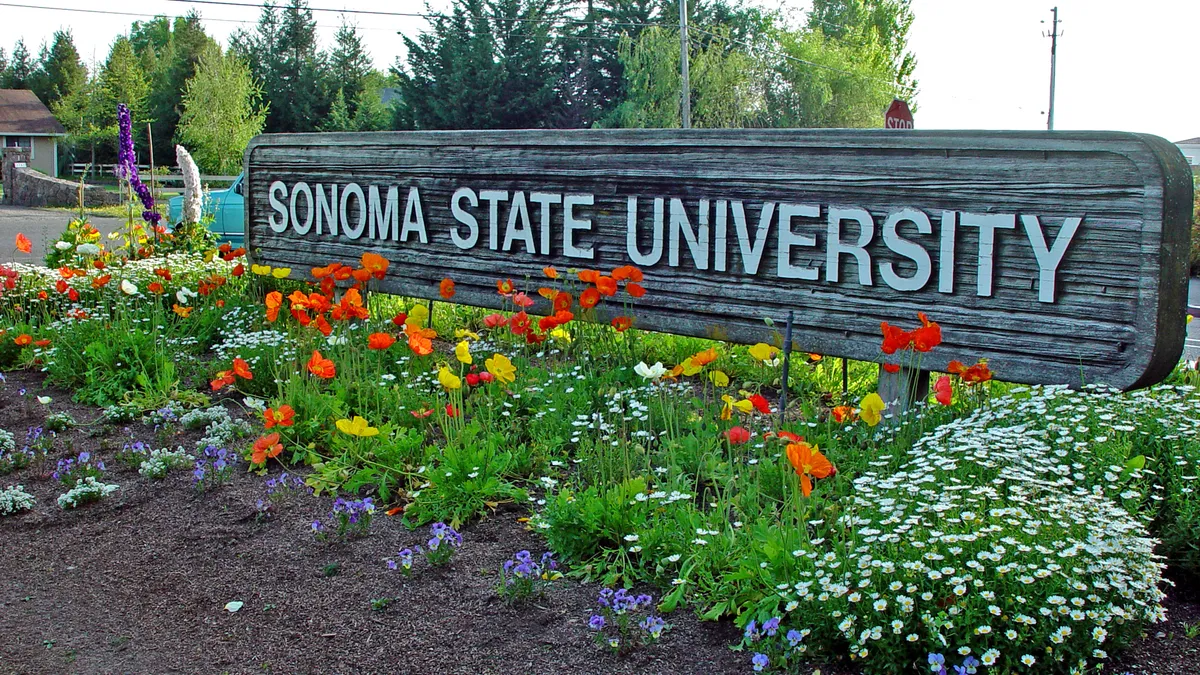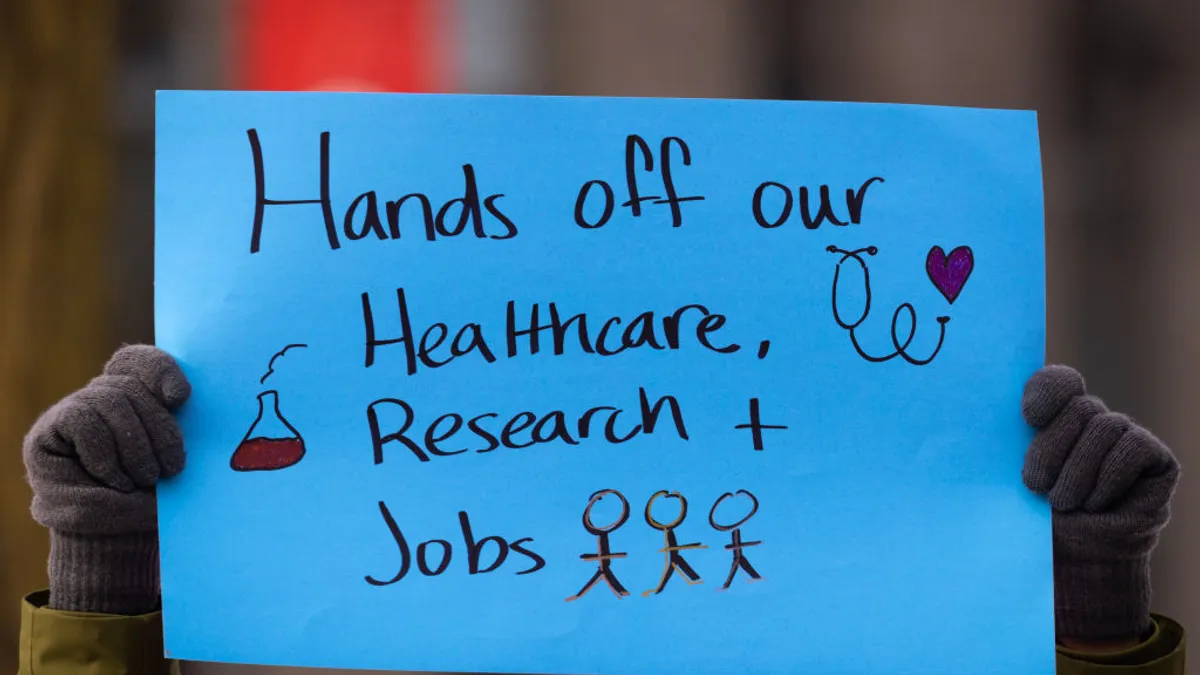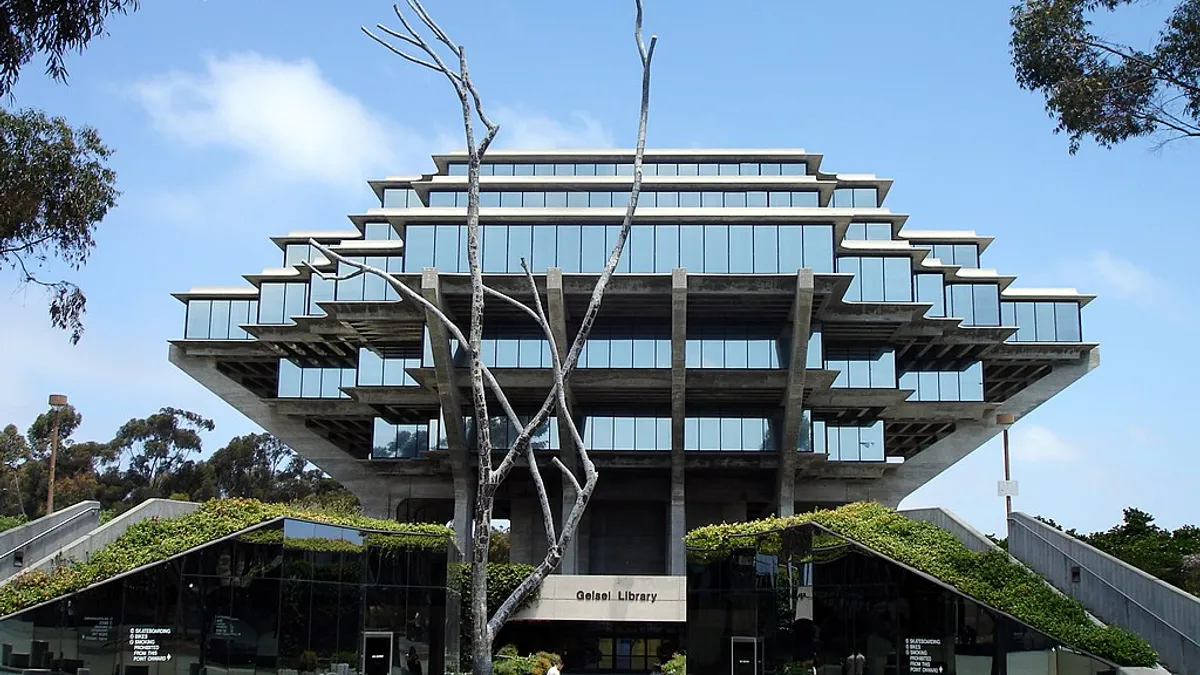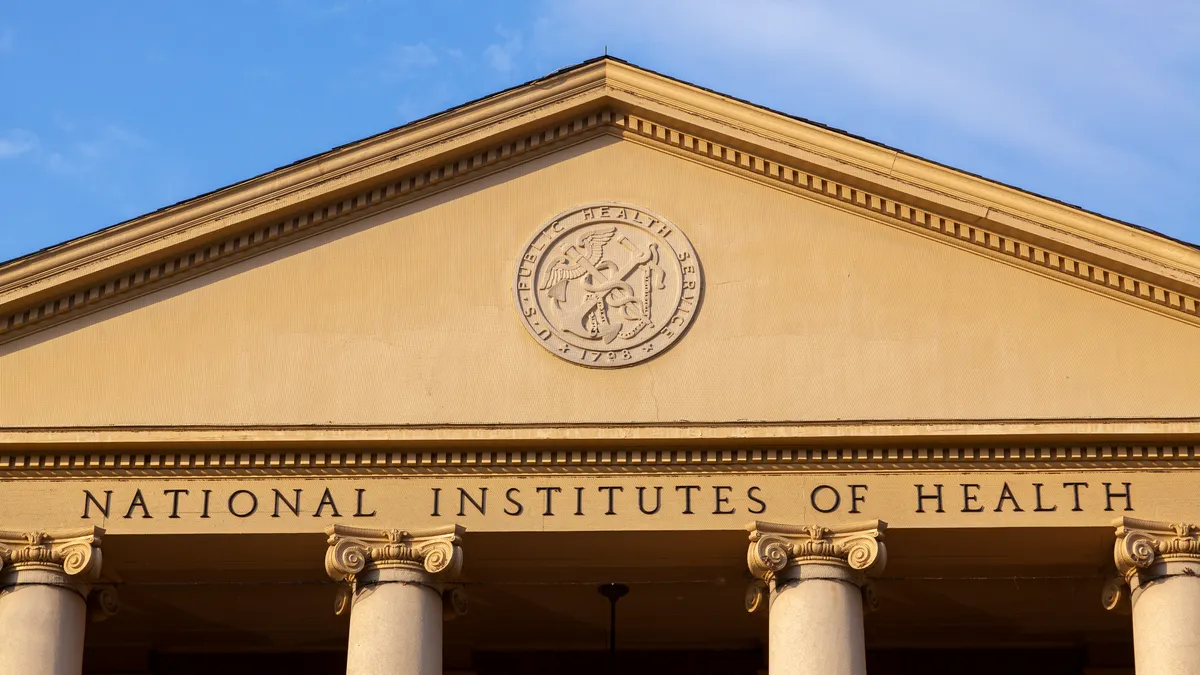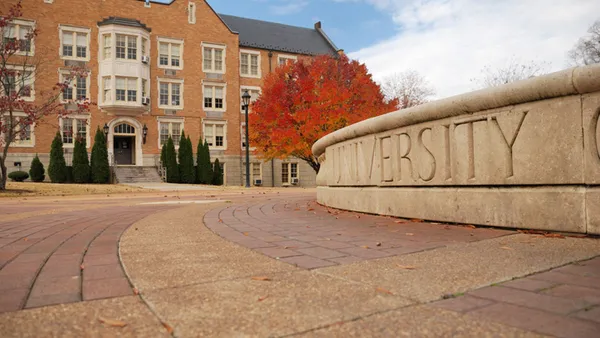The summer after the coronavirus pandemic broke out, Williams College made a jaw-dropping announcement. It would be lowering its comprehensive fee — which includes its tuition, fees, and room and board costs — by 15%. The cut wasn't only to its advertised price: parents' expected contribution for students receiving financial aid would be slashed by the same amount.
Williams, whose $2.8 billion endowment makes it the wealthiest liberal arts college in the U.S., wasn't the only well-heeled school to cut or freeze prices in 2020-21. Many colleges and universities announced during the pandemic's early months that they were forgoing tuition increases.
Some higher education experts argue the impact of these moves may be limited. "They're wanting to get the kind of positive public relations bump by saying, 'We're not raising our prices,'" said Douglas Webber, an economics professor at Temple University, in Pennsylvania. "In real terms, I don't think that's really doing much for students."
However, others — including school officials — say the freezes and discounts are an earnest recognition that the pandemic is taking a toll on the finances of some families and undercutting the student experience on campus.
To get a better idea of how these schools adjusted their advertised tuition prices in response to the pandemic, we looked at the top 53 colleges on U.S. News & World Report's latest liberal arts colleges ranking. We excluded three military academies because they did not set tuition prices. (Williams is first on the list.)
Out of the institutions we reviewed, eight lowered their posted tuition and fees for the 2020-21 academic year, nine froze their prices and the rest made increases. Higher Ed Dive defined a tuition price freeze as zero year-over-year change. Read more below about how we determined tuition and fee prices for this story.
Many colleges stopped increasing tuition when the pandemic broke out
The way these schools handled setting tuition and fees in 2020-21 is a far cry from their approach in the two years before the pandemic, when nearly all 50 colleges had annual increases to their posted prices.
The recent freezes and decreases slowed tuition price growth at these schools. Their average increase to posted tuition and fees in the 2020-21 academic year was 1.7%, compared to 3.8% and 4.7% in the two years before. Meanwhile, the average tuition sticker price for these institutions reached $55,279 in 2020-21, up from $54,379 the previous year.

'If the market will bear it'
Although the 50 schools we examined make up only a sliver of U.S. colleges, they have an outsized influence on the sector. Their posted tuition prices are some of the highest in higher ed, regularly topping $50,000 annually, though many students receive hefty aid packages to help cover the cost.
These institutions' high sticker prices are fraught. Some evidence indicates that many low-income students don't apply to these schools due to price concerns. Yet some students and their families may view the cost as an indicator of quality and thus are willing to shell out.
That gives schools reason to continue raising prices, experts said. "If the market will bear it, these schools would want to get back to the normal tuition increases," Webber said.
So far, signs point to colleges returning to increases in the realm of 2% to 4% for the upcoming academic year, according to our analysis. (Scroll down for individual tuition and fees data for each college.)
Thirty six colleges in our sample posted their tuition and fees for the 2021-22 academic year on their websites or emailed this information to Higher Ed Dive as of May 3. Of those, only one decreased tuition and fees, while three plan to keep those prices level.
The top-line increases don't always mean students will pay more. First-time undergraduates attending private nonprofit four-year colleges full time this year paid $15,990 on average — less than half the posted tuition and fees at those institutions, according to data from the College Board. Sticker price growth has outpaced what students are paying, rising by more than $9,000 since 2006-07 compared to a $190 increase in students' bills during that time.
Colleges are picking up an increasing share of the tab. Private nonprofit four years gave first-time undergraduates an average 53.9% discount on tuition this year, according to preliminary data from the National Association of College and University Business Officers. That's up from 44.3% in 2011-12.

Colleges try to keep their discounting information private. Out of 21 colleges in our sample that lowered or froze tuition or raised prices by less than 1% for the 2020-21 academic year, only three provided their discount rates to Higher Ed Dive. (We did not ask Berea College, which increased its tuition by less than 1%, for its discount rate because institutional and government aid fully cover students' tuition.)
Soka University of America, in California, said its discount rate hovers around 75%. Because the school has need-blind admissions, the percentage changes depending on the student body makeup, a spokesperson said.
Some liberal arts colleges have been lowering their posted tuition prices in recent years in a bid to attract more students. Yet the most selective among them don't tend to have the same enrollment challenges that pervade the rest of the sector.
"They can fill up their classes 20 times over with students," said Lucie Lapovsky, a higher ed consultant and former college president. "And they can probably fill them up more than 10 times over with students who pay the full price."
Moreover, students tend to be more sensitive to decreases in how much financial aid they receive than they are to decreases in sticker prices, according to Craig Goebel, principal at consultancy Art & Science Group, which he said is based on research the firm conducted.
"It makes sense at face value that a lower price might be more compelling," Goebel. But if a college develops a reputation for offering little to no financial aid as a result of the change, it can drive down applications, he added.
The cost of cutting prices
Williams officials estimate that the college lost out on roughly $17 million in tuition revenue because of an enrollment decline of about 100 students and the decrease in the comprehensive fee for the 2020-21 academic year. (The portion of the fee comprising tuition and fees for the 2020-21 academic year fell 11.9%.) Williams enrolled 2,150 students in fall 2019.
Its discount rate is shaping up to be roughly 50% for the 2020-21 academic year, a college spokesperson said in an email, up from 46% the year before.
The hit to revenue is partly why the college increased its posted tuition and fees by 18.3% for the upcoming year, an amount that restores what was cut for 2020-21 and then some. "The only way that this was feasible for us was recognizing that it would be a one-time change," said Dukes Love, Williams' provost. "It's much easier to absorb a one-time shock than it is to absorb an ongoing shock."
William's isn't the only outlier. Kenyon increased posted prices by 15.1% for the upcoming academic year after reducing them by 6.1% the year before.
Lafayette College, in Pennsylvania, likely lost out on $5.4 million this academic year by keeping tuition and fees level at roughly $55,750, said Mark Eyerly, the school's vice president of communications and marketing. The move was meant to help families and "acknowledge we weren't delivering everything that makes a Lafayette education a Lafayette education," he said.
The college's discount rate fell slightly, from 38.9% in 2019-20 to 36.9% in 2020-21. The share of students paying full price also shrank, from 51.4% to 48.9%.
However, Lafayette is resuming increases for the upcoming year, raising tuition and fees by 2.5%. Eyerly said the college is increasing its prices because officials anticipate delivering all classes in person and see signs the economy is rebounding from the health crisis.
As colleges return to more in-person classes and activities, higher ed experts predict the posted prices at top-ranked schools to keep inching up. "I think the top schools are pricing insensitive," Lapovsky said. "I don't think there's a breaking point for them."
See how individual colleges changed their prices before and during the pandemic
Methodology: Tuition and fees information through the 2020-21 academic year is based on data from the federal Integrated Postsecondary Education Data System. Information for 2021-22 was based on published data from colleges' websites or information from colleges sent to Higher Ed Dive on or before May 3. Higher Ed Dive determined which fees to include in the 2021-22 calculation by ascertaining which fees comprised the 2020-21 tuition and fees data reported to IPEDS.
Some colleges waived fees reported to IPEDs for the 2020-21 academic year due to the coronavirus, so the listed prices may be slightly higher than those used to determine students' cost of attendance. Some colleges also had different fee structures for online and in-person students. Higher Ed Dive used in-person prices for full-time students.
We invite analysis and commentary from readers. If you wish to comment on this data or have any questions for our team, please contact [email protected].












